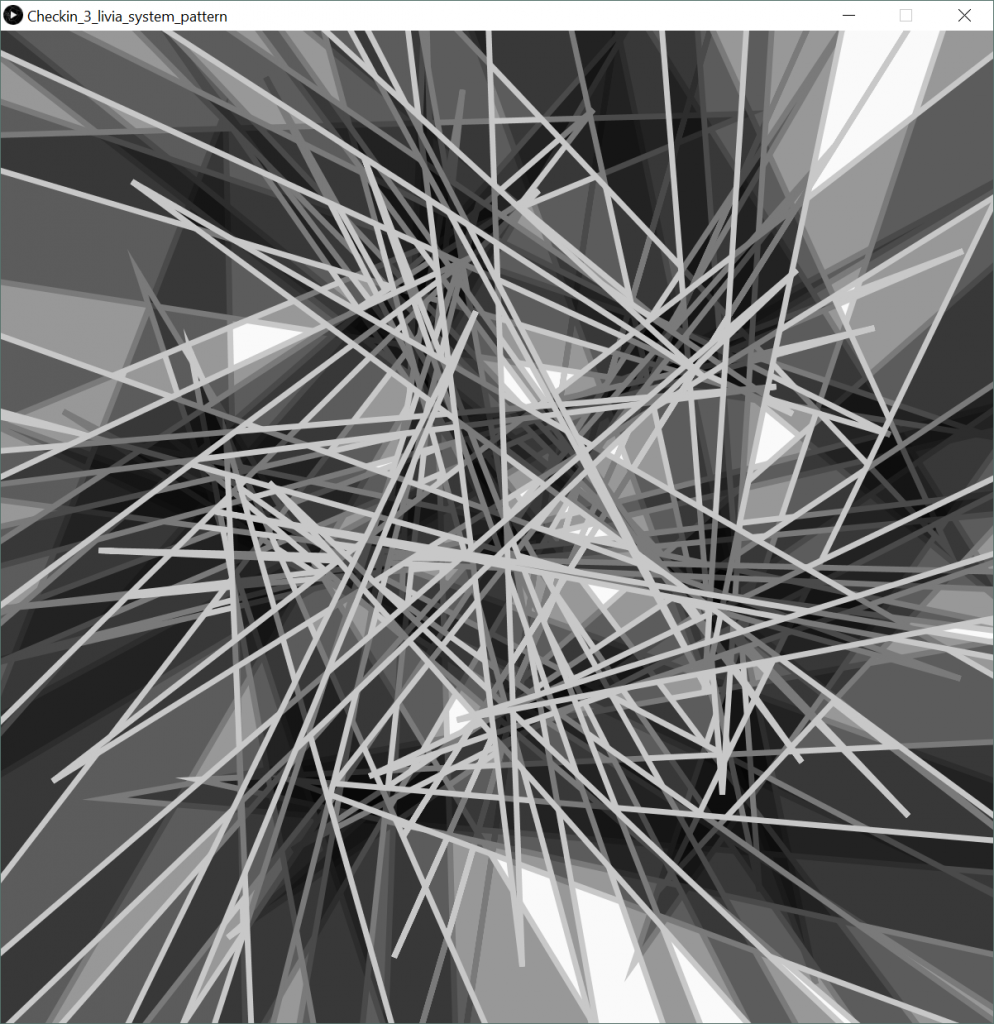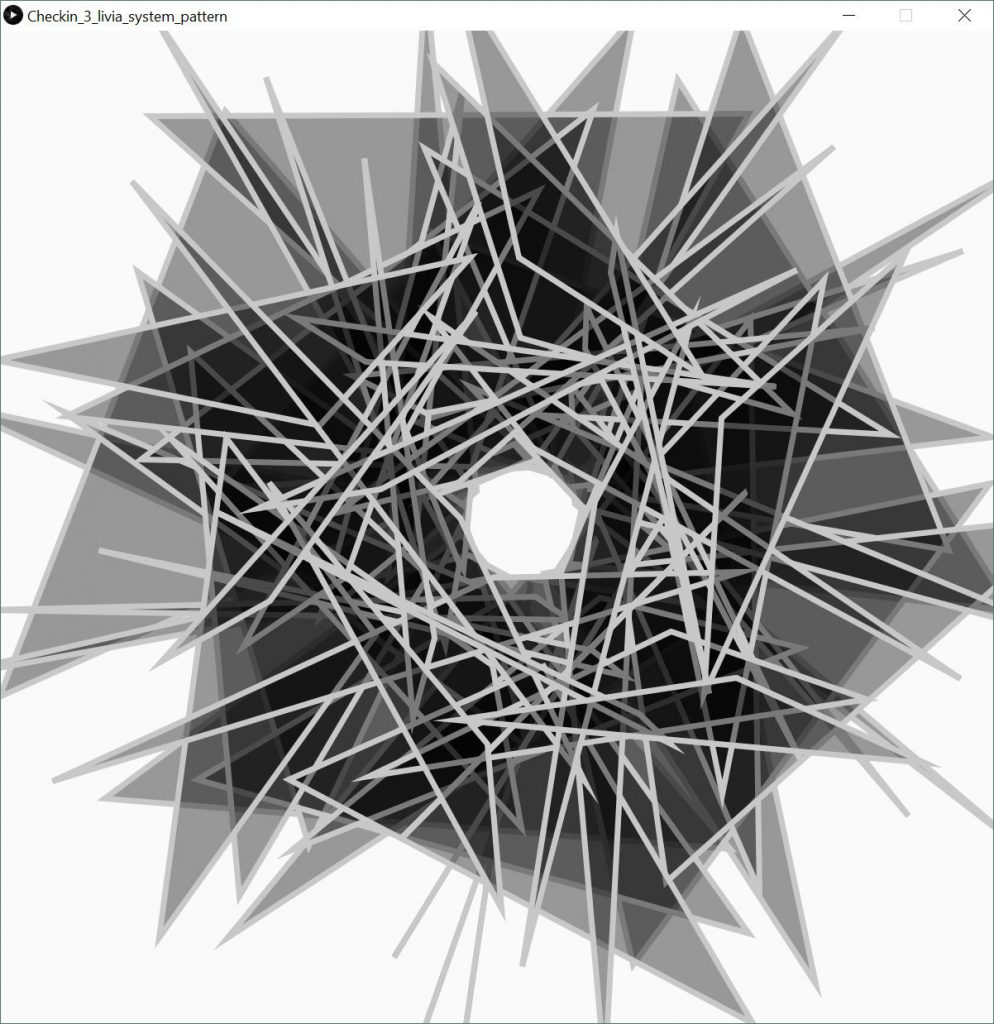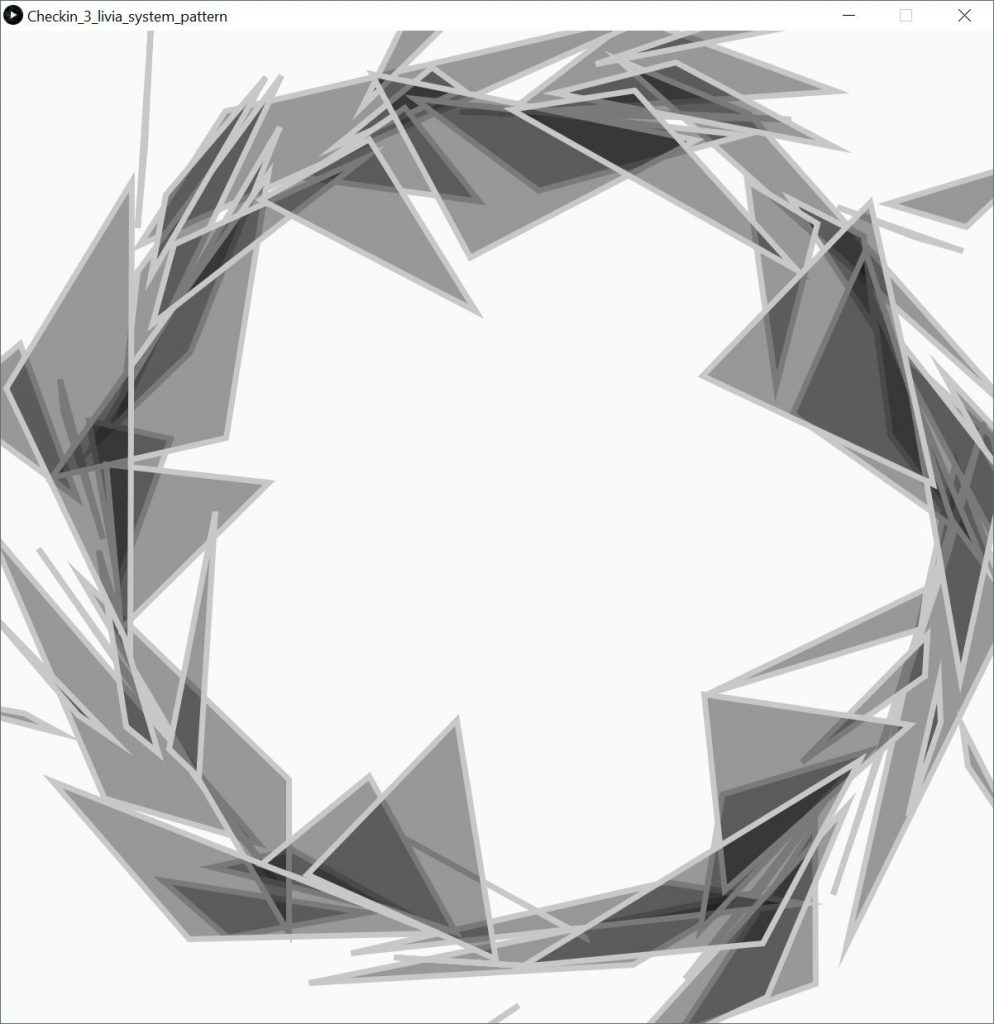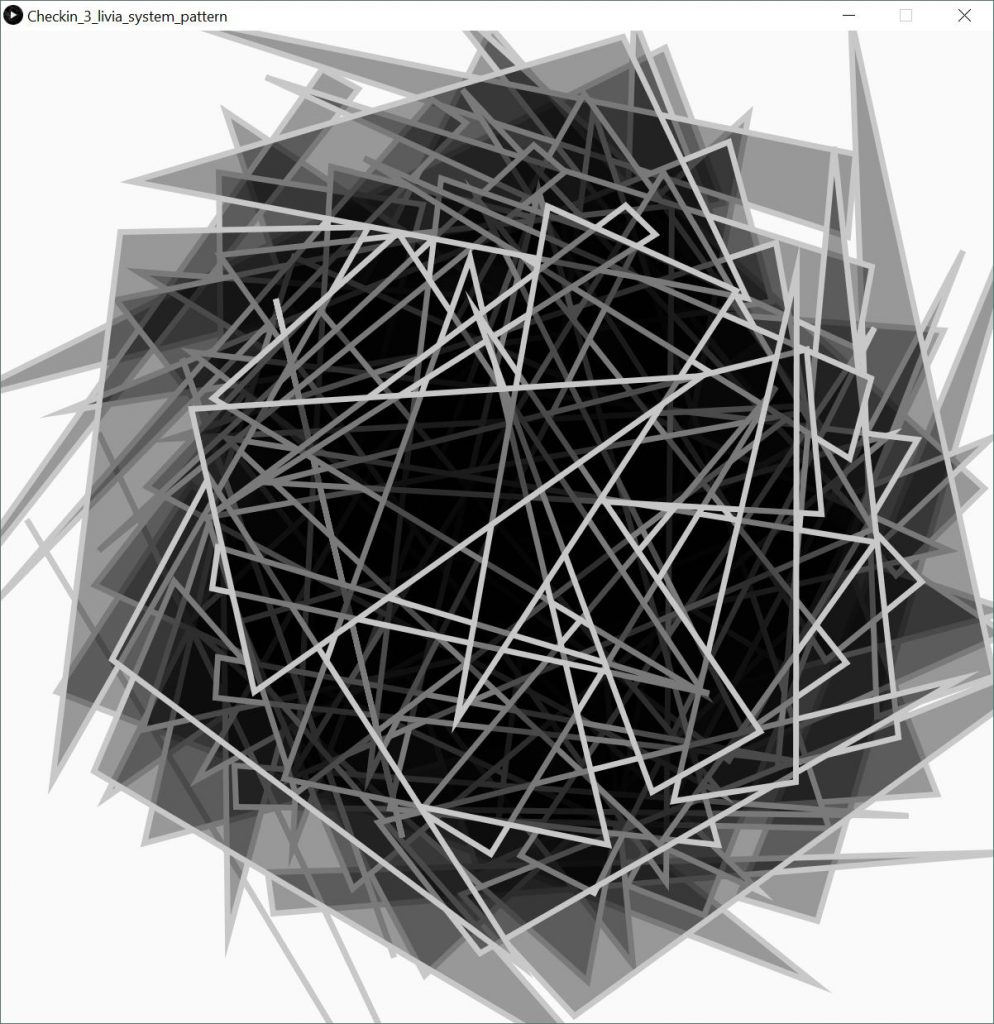For my system I wanted to challenge myself and use both code and studio to achieve this prompt. Initially I wanted to focus on origami that had multiple states or forms of being, movable flexible origami. In the Edo period (1603–1868), paper folding in Japan had become recreational as well as ceremonial, often featuring multiple cuts and folds. It came to be regarded as a new form of art that was enabled by the advent of paper both mass-produced and more affordable. Written instructions for paper folding first appeared in 1797, with Akisato Rito’s Sembazuru Orikata, or “thousand crane folding.” In 1845, by the late 1800s, the term for paper folding had morphed from orikata (“folded shapes”) to origami.The first system I created is based off a popular origami creation, called the origami star. It consists of seven or eight squares folded both triangular and rectangular on both sides, ad subsequently folded into diamonds with winged flaps that consist of opening allowing the other flaps to enter allowing a connect.
I chose origami as the inspiration of my system because of how inspired I was by the paper creation of Ron Resch a r An artist, computer scientist and professor of Computer Science at the University of Utah He was an applied geometrist known for folding paper, Origami Tessellations. What struck me most about him however was how he got his start, by crumpling a sheet of paper…the, in my eyes, most simple system there is. I especially found it interesting that after doing it he retrieved the system by uncrumpling and then tracing the patterns.
Although I didn’t crumple paper to portray a system, I found parallels in the way a finished origami pieces is to crumpled paper, each wrinkle of the paper presented a form the origami took on. Therefore I focused on the five different forms that this shape takes on, as it flips inverted and reverted in a rotational manor creating a inward rotation effect. After experimenting and tracing the paths produced by the 5 forms I chose from the magic star, I wanted to code the development into each for from the bird’s eye perspective. I used the mouse location to represent the hands that gear the rotation, allowing each different location to correlate to a certain hand position. However when I attempted this I noticed that each “state” coded would always resemble a bit of another state. For example state one looked combined with state two and so forth, so just out of curiosity heightened transparency only to learn that the each rotation produced two – three Paths, rather than the one i had thought.
For the origami path I felt once completed was pretty obvious the system being created, but I feel that the digitized paths traced from this system was definitely harder to figure out. Since the rotation process that was present in the paper system was eliminated in the coded one only the depiction of different states was allowed rather than how they got there. My paper system also doesn’t have abstract as a characteristic, although in origami the finished pieces can range in abstractedness, I feel when observing the making process there is nothing abstract,but rather extremely precise
• And what about analog systems or happenings? Are these abstractions? Or are analog systems representations?






